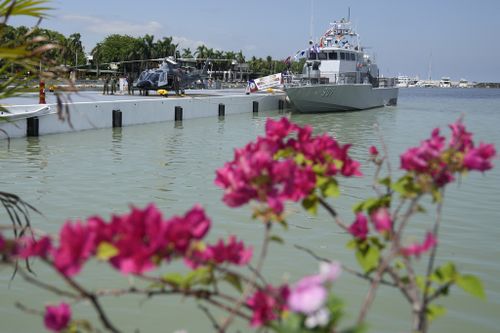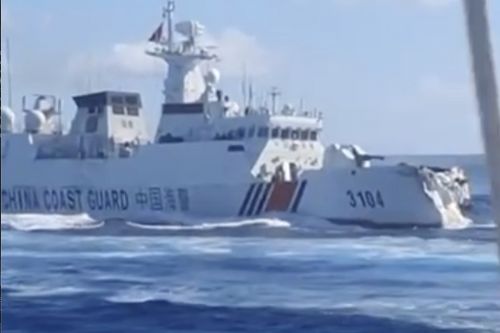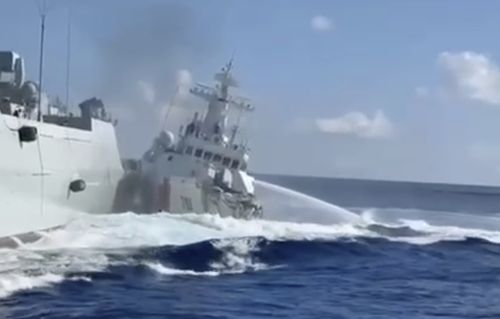The exercises are called Alon, meaning wave in the Philippine language Tagalog, and will showcase Australia’s firepower.
The drills will involve a guided-missile navy destroyer, F/A-18 supersonic fighter jets, a C-130 troop and cargo aircraft, Javelin anti-tank weapons and special forces sniper weapons.

Military officials said defence forces from the United States, Canada, Japan, South Korea, New Zealand and Indonesia will join as observers.
“This exercise reflects Australia’s commitment to working with partners to ensure we maintain a region where state sovereignty is protected, international law is followed and nations can make decisions free from coercion,” Vice Admiral Justin Jones of the Royal Australian Navy said in a statement.
The combat exercises are “an opportunity for us to practice how we collaborate and respond to shared security challenges and project force over great distances in the Indo-Pacific,” Jones said.
The exercises will run until August 29.
Australia is the second country after the US with a visiting forces agreement with the Philippines, allowing the deployment of large numbers of troops for combat exercises in each other’s territory.

The Philippines has signed a similar pact with Japan, which will take effect next month. It is in talks with several other Asian and Western countries including France and Canada for similar defense accords.
China has deplored multinational war drills and alliances in or near the disputed South China Sea, saying the US and its allies are “ganging up” against it and militarising the region.
China claims most of the South China Sea, a busy global trade route, where it has had a spike of territorial faceoffs with the Philippines in recent years. Vietnam, Malaysia, Brunei and Taiwan also lay claims to the resource-rich waters.
On Monday, a Chinese navy ship collided with a Chinese coast guard ship while trying to drive away a smaller Philippine coast guard vessel in the Scarborough Shoal in the South China Sea.

The Australian Embassy in Manila expressed concern over “the dangerous and unprofessional conduct of Chinese vessels near Scarborough Shoal involving the Philippine Coast Guard” and said the incident “highlights the need for de-escalation, restraint and respect for international law.”
In response, the US deployed two warships off the Scarborough on Wednesday in what it called a freedom of navigation operation to protest China’s expansive claims, restrictions and its demand for entry notifications in the disputed waters.
In February, a Chinese J-16 fighter jet released flares that passed within 30 metres of an Australian P-8 Poseidon military surveillance plane in daylight and in international air space, Australian defence officials said at the time.







